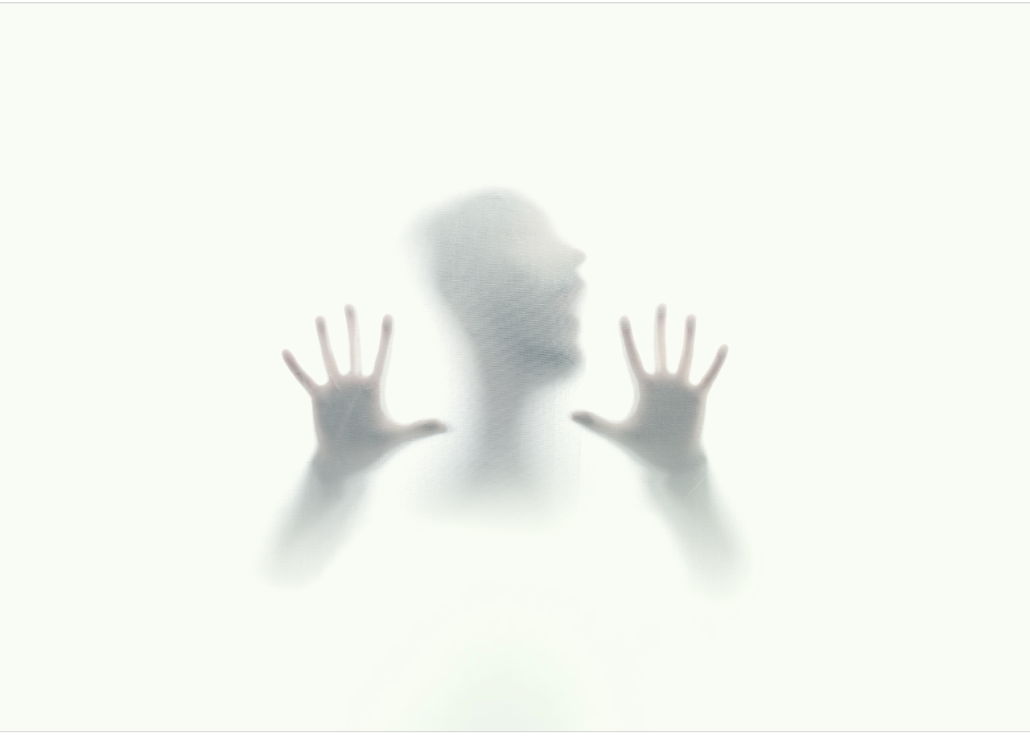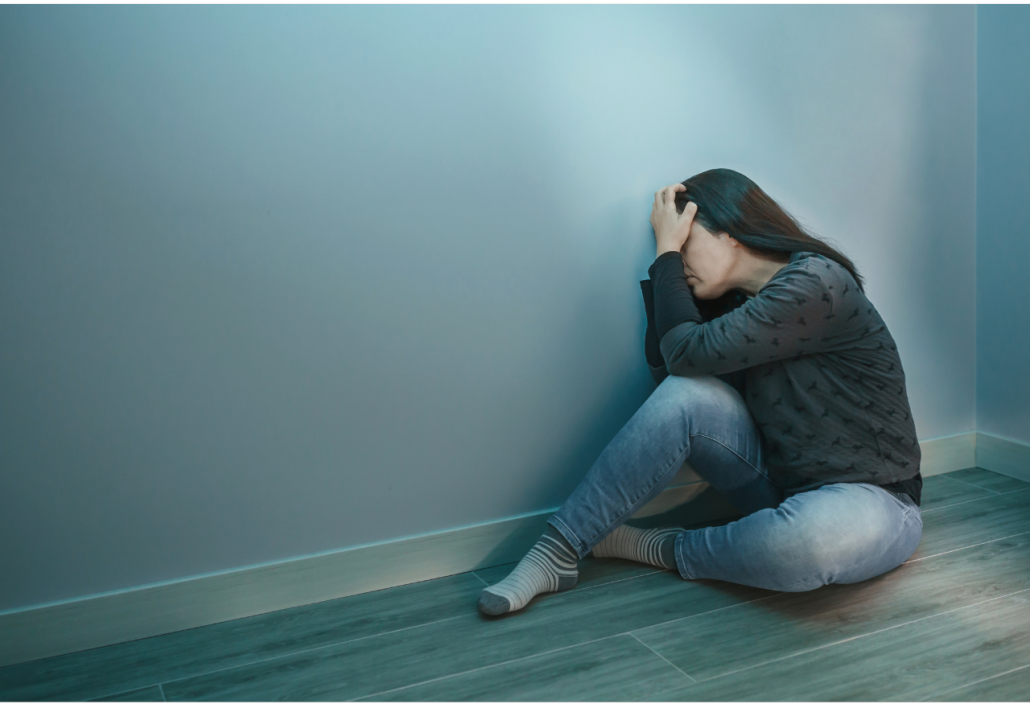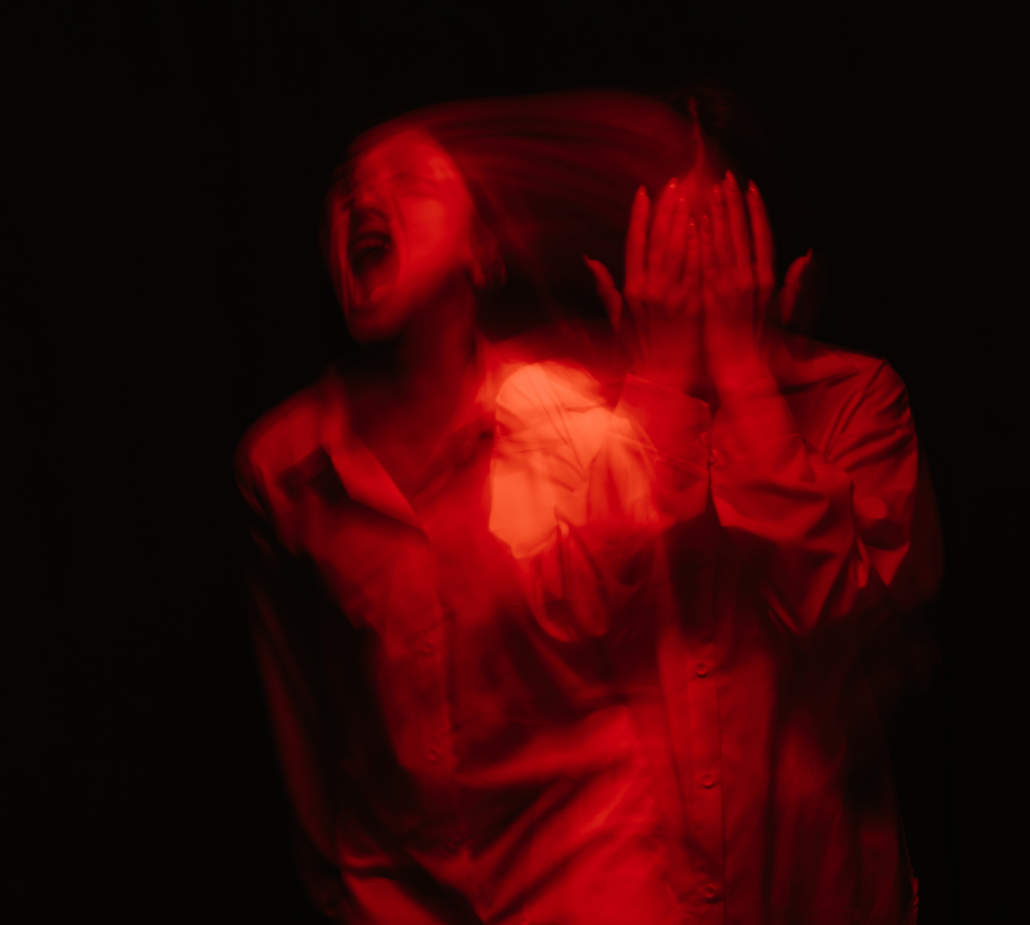Exploring the Most Common Mental Disorders and How to Cope

Mental Disorders
Depression Bipolar Anxiety Psychosis – Demystified
Get Your Custom Essay Written From Scratch
We have worked on a similar problem. If you need help click order now button and submit your assignment instructions.
Just from $13/Page
For the simple reason that there are uncountable mental disorders in existence, this article would go to lengths and still not manage to mention all psychological/psychiatric conditions. There are statistically about 450 recorded mental disorders, which can be grouped into major categories i.e. mood, anxiety, neurodevelopmental, post-traumatic stress, and psychotic disorders.
Mood Disorders
Majority of mental patients suffer symptoms along mood extremities and sometimes fluctuating extreme moods. Patients suffering from mood disorders will experience either extreme sadness, happiness, or a fluctuation between these two from time to time. Sadness has been commonly associated with depressive disorders, extreme happiness with manic disorders, while a fluctuation of the two becomes bipolar disorder.
Major Depressive Disorder is commonly known as Depression, with patients exhibiting extreme low interest in people, things, and activities. Common causes of MDD are family genes, serious illnesses affecting the brain, drugs and substance abuse, and degenerative personality traits such as low self-esteem, pessimism, and confinement to personal spaces. If unattended to, MDD patients risk having suicidal thoughts and taking their lives all the same.
Bipolar Disorder is a serious mental condition. Bipolar patients experience the two ends of emotions; extreme happiness (mania), and extreme sadness (depression). In most cases Bipolar patients are characterized by too much activity/reaction. Patients will exhibit abnormally high sex drive, eat excessively, become dangerously agitated, passionately rapid speech – altogether high energy in everything they do.
Even though causes of Bipolar are insufficiently studied, the condition is associated with biological peculiarities in the brains, genetics, and a host of risk factors like drug abuse, traumatic stress, and negative personality traits.
Other mood disorders are Premenstrual Dysphoric Disorder associated with menstruation, and Seasonal Affective Disorder, a condition caused by fluctuating seasonal changes.
Anxiety Disorders

Two terms are prominent – worry and fear. This is the definition of anxiety, which is the experience of patients who suffer from a myriad of conditions under anxiety disorders, whether periodically or permanently.
Agoraphobia is anxiety that stems from worry/fear associated with particular terror weaknesses called phobias. There exists innumerable phobias which can be categorized to natural environments (height, darkness, confined spaces), animals, injury/blood, activities (flying, using elevators, driving), and others like drowning and public speaking. Patients with agoraphobia only experience anxiety when exposed to risk factors, and therefore have to avoid the risks as much as they can, or get treatment.
Generalized Anxiety Disorder is when individuals experience normal life anxiety about day to day activities but on an advanced scale. GAD makes life become permanently anxious where everything worries the patient. The condition is fortunately curable.
Panic Disorder subjects its patients to frequent rushes of anxiety accompanied by physiological exhibitions such as palpitation, sweating, and shortness of breath. This rush is commonly referred to as a panic attack, and is also curable.
Social Anxiety Disorder refers to increased levels of fear of interacting with others, especially new people.
Selective Mutism is a condition associated with children where the child may have speech failures in exterior settings such as school, while communicating normally with closely related people such as family members and friends.
Anxiety disorders transcend beyond mental/emotional symptoms. Actually, it is the physiological symptoms like sweating, heart palpitations, shortness of breath, and uneasiness. Mental symptoms like panic, nightmares, and obsessive thoughts prompt the physiological anxiety episodes.
Neurodevelopmental Disorders
Some psychiatric conditions develop gradually as a person (child) grows, and have lasting impacts on the neurological composition of the person’s brain. Neurodevelopmental Disorders are often diagnosed in childhood, and the condition becomes untraceable when it progresses with the person to adulthood. Common Neurodevelopmental Disorders are Attention Deficit/Hyperactive Disorder (ADHD) and Autism Special Disorder (ASD).
Attention Deficit/Hyperactivity Disorder (ADHD) is a condition of significantly increased activity exhibited by the child and subsequently in adulthood, and lessened attention to even serious events. ADHD children have academic performance deficiencies, poor relationships and low self esteem.
Autism Special Disorder (ASD) causes developmental impairments to the neural composition of the patient, particularly resulting in social interaction and communication challenges. Patient children exhibit impaired communication, reduced social interaction, and low coordination of body functions.
Psychotic Disorders

Patients are usually referred to as deranged, as they exhibit “mad” characteristics. In professional books, Psychosis covers a bunch of illnesses characterized by inter alia, hallucinations, delusions, inhibited communication, poor hygiene, incompetent decision-making, unusual walking and body movements, strange and sometimes dangerous behavior, inability to express emotion, and mood disorder symptoms such as mania or depression.
Schizophrenia is sometimes used interchangeably with Psychosis, but falls under the latter as a form of psychotic disorder. Schizophrenia and other psychotic illnesses are counted as disabilities, since affected patients cannot perform many human and other functions on their own. Medics and researchers have unsuccessfully settled on definite causes of Psychotic disorders, but common risk factors have been mentioned as genetic heritage, environmental factors, and drug abuse.
Delusion Disorder is a less severe edition of Schizophrenia. While in the latter the patient has an abnormal interpretation of reality and considered a disability in comprehension and decision making, Delusion Disorder entails formation of untrue delusions without specific formation of hallucinations.
Psychotic illnesses at their worst break relationships, threaten the patient’s and other’s lives, and risks destruction of property – generally these people have their souls detached from their bodies such that their minds cannot implicate sound stimuli for normal body functioning.
Post-Traumatic Stress Disorder
PTSD is a stand-alone psychiatric condition caused by extremely traumatic events such as physical attacks, terrorism, accidents, mistreatment in a phase of life, and medical experiences such as childbirth or sickness. Patients suffering from PTSD will experience guilt, fear, and uneasiness frequently. They may also have episodes of flashbacks and nightmares periodically, episodes that trigger stress. PTSD is readily diagnosable and curable by a variety of means such as behavioral therapy, medication, and physiotherapy.
Sometimes conditions such as eating disorders, sex disorders, and substance used disorders are classified as mental disorders on their own. However, it is important to understand that these are symptoms caused by other prevailing conditions, some of which may include the above listed disorders.
Needs help with similar assignment?
We are available 24x7 to deliver the best services and assignment ready within 3-4 hours? Order a custom-written, plagiarism-free paper

